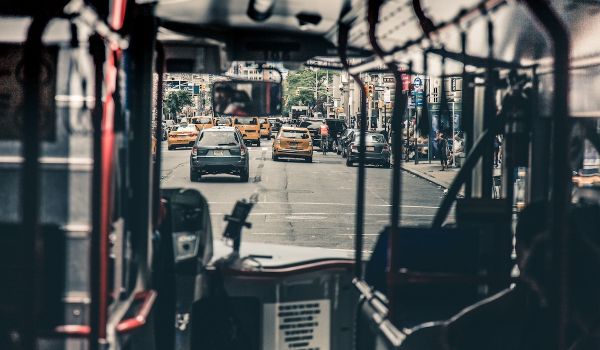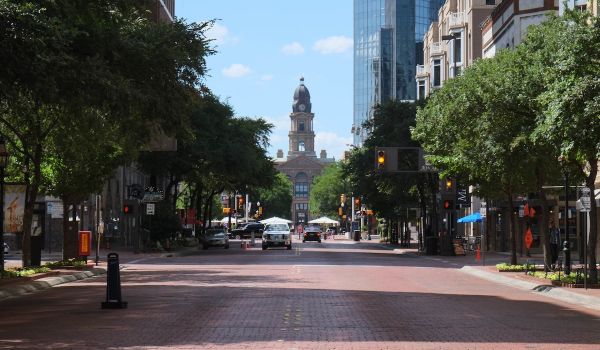Santa Clara County Rolls Out Foster Youth UBI Program
Santa Clara County has begun its universal basic income pilot program for youth transitioning out of foster care. It’s the first such program in the country, KTVU reports.
The program will provide $1,000 monthly stipends to former foster youth, ages 24 and up, who are too old to receive other foster assistance. There are 190 foster youth and transitioning youth, who are between ages 21 and 25, the county chose to focus on the oldest 72, which is what it can afford.
“Providing UBI to Santa Clara County’s transitioning foster kids is literally a lifeline … at this devastating time,” philanthropist Gisele Huff told KTVU. Huff, who is also president of the Gerald Huff Fund for Humanity, promotes universal basic income “as a form of investment in society,” KTVU said.
Report Finds Community Foundations Don’t Invest Directly in Black Communities
A report from the National Committee for Responsive Philanthropy finds that community foundations’ grantmaking is overwhelmingly not designated for Black communities.
In 25 community foundations across the country analyzed by NCRP, only 1 percent of grantmaking was designated to benefit Black communities, even though the 25 cities where the foundations are based have, on average, a population that is 15 percent Black.
Put another way, NCRP says, these foundations gave $78 in funding per capita in their communities, but only $6 per Black person.
Many community foundations argue that if they are in a majority-Black city then their work by default is serving Black people. NCRP argues that this is the wrong approach. “Our research has shown that funders who named specific marginalized communities in their giving strategy were more likely to make progress against their equity goals and to hold themselves accountable,” they write. “Especially in this moment, is not enough to give to, for example, the local YWCA or United Way in a Black-majority city and assume that the immediate and systematic issues around equity for Black communities are being addressed, tackled, or handled.”
New York’s Black-Owned Businesses Were Doing OK (In 2017)
An analysis of recently released U.S. Census data from 2017 shows that the number of Black-owned businesses grew at four times the rate of white-owned businesses in the city from 2012 to 2017, according to the Center for an Urban Future. The number of minority-owned businesses across the five boroughs grew by 7.4 percent, and the share of businesses citywide owned by a person of color is now 31.4 percent, the report said.
This somewhat encouraging data is tempered by other facts from the report: Black-owned businesses still make up a disproportionately small share of all businesses in the city — just 3.5 percent of all businesses — and the number of Hispanic-owned businesses dropped by almost 9 percent, representing more than a thousand businesses, during the study period. And outside of Manhattan, minority-owned businesses have lower average revenues than in other cities.
All this data, of course, is based off of census data from three years ago and released only recently. And the world of three years ago was a very different world. One-third of the city’s small businesses may never reopen, according to a report from the Partnership for New York City. And a NYC comptroller survey conducted in July, obtained by the New York Times, found that 85 percent of minority or women-owned businesses in the city predicted they would have to close in six months.
This article is part of The Bottom Line, a series exploring scalable solutions for problems related to affordability, inclusive economic growth and access to capital. Click here to subscribe to our Bottom Line newsletter.


















